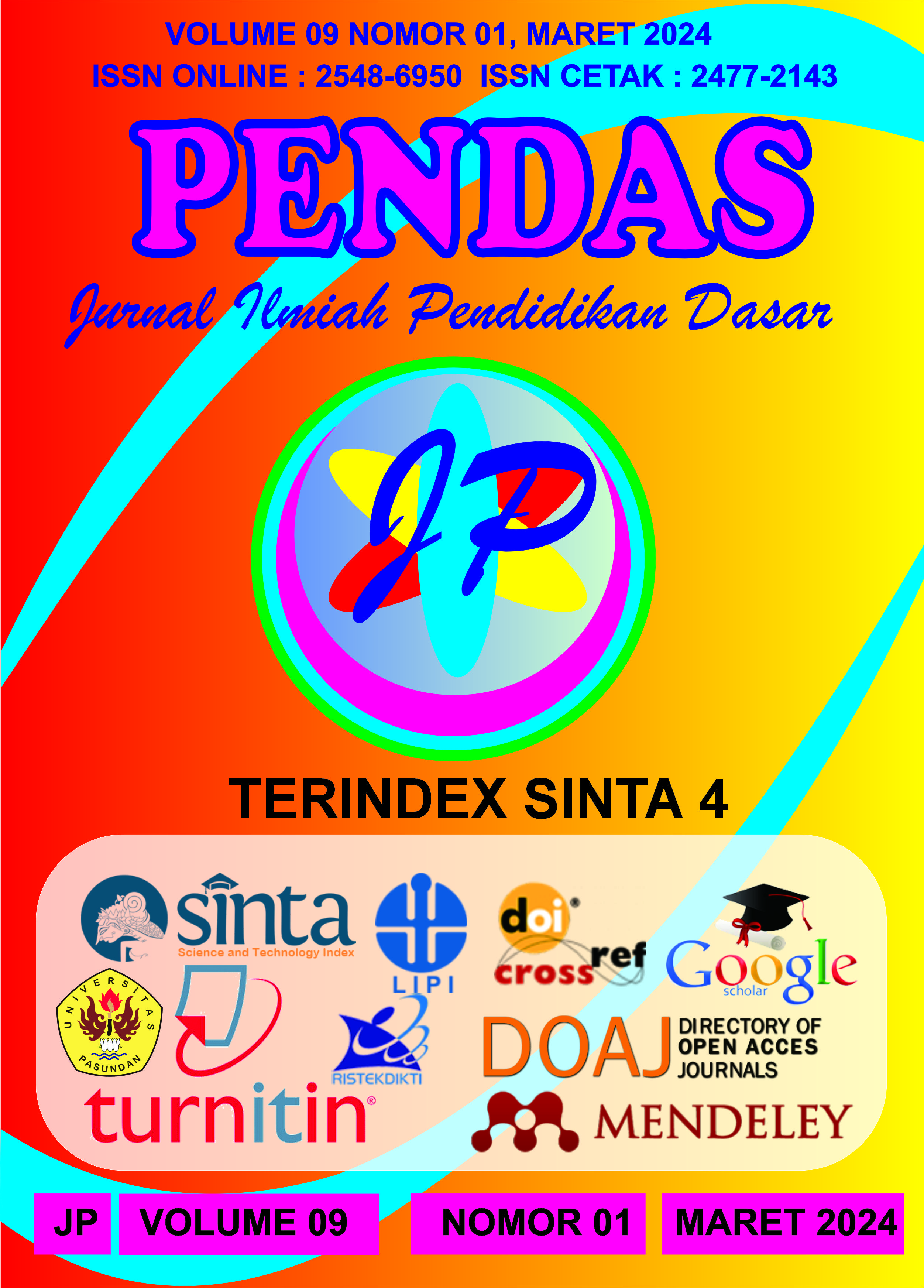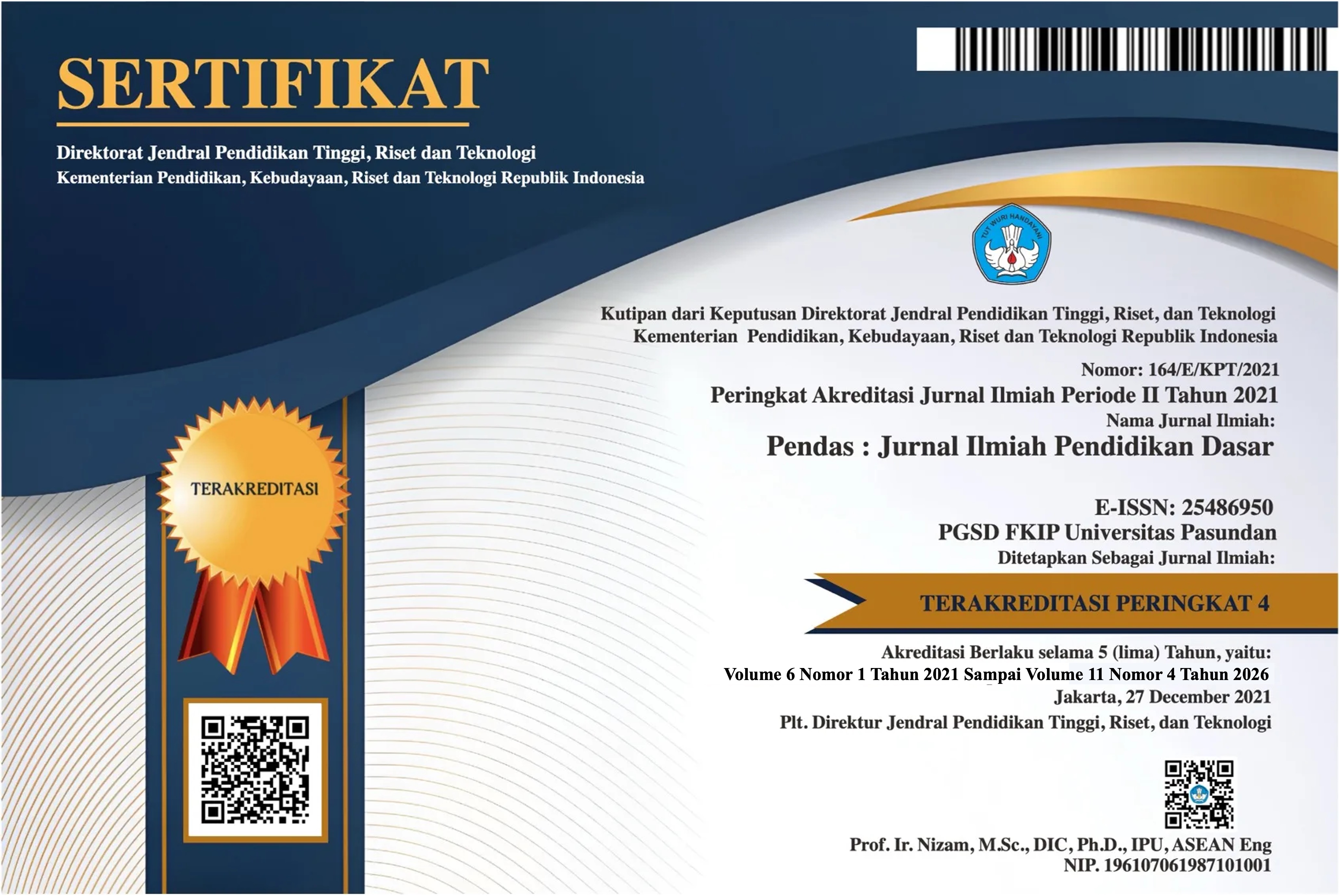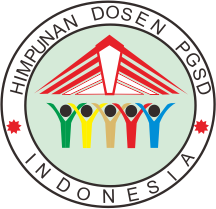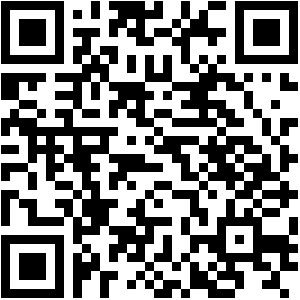PENGARUH MEDIA PEMBELAJARAN SPINNING WHEEL TERHADAP HASIL BELAJAR MUATAN IPS DI KELAS VI SDN 1 LEPAK TIMUR
DOI:
https://doi.org/10.23969/jp.v9i1.12962Keywords:
Instructional Media, Spinning Wheel, Social Studies Content Learning ResultsAbstract
The aim of this research is to determine the effect of spinning wheel learning media on learning outcomes for social studies content in class VI SDN 1 Lepak Timur. This type of research uses an experimental method with a Quasi Experimental Design type, Nonequivalent Control Group Design type. The population of this study was all class VI students at SDN 1 Lepak Timur. The sampling technique uses nonprobability sampling with census type or total sampling. The data collection method in this research uses tests and documentation. The normality test was carried out by calculating data in the form of social studies learning outcomes using the Kolmogorov Smirnov formula with a significance level of 5% (0.05). After processing, it was proven that the data was normally distributed. Next, a data homogeneity test was carried out using the Levene Statistics method with the Anova approach and it was proven to be homogeneous. After the data was proven to be normally distributed and homogeneous, the hypothesis test was then carried out with a t-test using student post-test data calculations. The results of the t-test obtained a tailed Sig.2 value of 0.004, which is less than 0.05. Therefore, it can be concluded that if the Sig.2 tailed value <0.05 means the null hypothesis ()is rejected and the alternative hypothesis ()is accepted. This shows that there is an influence of the spinning wheel learning media on learning outcomes for social studies content in class VI at SDN 1 Lepak Timur.Downloads
References
Sugiyono. (2019). Metode Penelitian Kuantitatif, Kualitatif dan R&D. Bandung: ALFABETA.
Eeliana, V., Sari, Y., & Cahyaningtyas, A. P. (2021). Pengaruh Model Numbered Head Together (NHT) Berbantu Media Roda Putar terhadap Prestasi Belajar dan Sikap Kerja Sama Siswa Kelas IV SDN 2 Ngampel Kulon. Prosiding Konstelasi Ilmiah Mahasiswa Unissula (KIMU) Klaster Humanoira.
Fitri, S. F. N. (2021). Problematika Kualitas Pendidikan di Indonesia. Jurnal Pendidikan Tambusai, 5(1), 1617-1620.
Jumriani, J., Syaharuddin, S., Hadi, N. T. F. W., Mutiani, M., & Abbas, E. W. (2021). Telaah Literatur; Komponen Kurikulum IPS Di Sekolah Dasar pada Kurikulum 2013. Jurnal Basicedu, 5(4), 2027-2035.
Novita, L., Sukmanasa, E., & Pratama, M. Y. (2019). Penggunaan media Pembelajaran Video terhadap Hasil Belajar Siswa SD. Indonesian Journal of Primary Education Penggunaan, 3(2), 64-72.
Pratama, Y. (2023). Pengaruh Model Pembelajaran Talking Stick Berbantu Media Roda Putar terhadap Hasil Belajar pada Mata Pelajaran IPS Kelas V SDN 1 Kuanyar. (Doctoral dissertation, UNISNU Jepara).
Ratnawati, E. (2016). Pentingnya pembelajaran IPS terpadu. Edueksos Jurnal Pendidikan Sosial & Ekonomi, 2(1).
Ratri, S. Y. (2022). Digital Storytelling pada pembelajaran IPS di Sekolah dasar. Jurnal Pena Karakter, 4(2).
Suhendrianto. (2017). Pengembangan Media Pembelajaran Monopoli Tematik untuk Meningkatkan Motivasi Belajar Siswa Kelas IV MIN Tegalasri Kec. Wlingi Kab. Blitar (Skripsi, Universitas Islam Negeri Maulana Malik Ibrahim Malang). Diterima dari http://etheses.uin-malang.ac.id/11093/
Sunaengsih, C. (2016). Pengaruh Media Pembelajaran terhadap Mutu Pembelajaran pada Sekolah Dasar Terakreditasi A. Mimbar Sekolah Dasar, 3(2), 183-190.
Downloads
Published
Issue
Section
License
Copyright (c) 2024 Pendas : Jurnal Ilmiah Pendidikan Dasar

This work is licensed under a Creative Commons Attribution 4.0 International License.



















